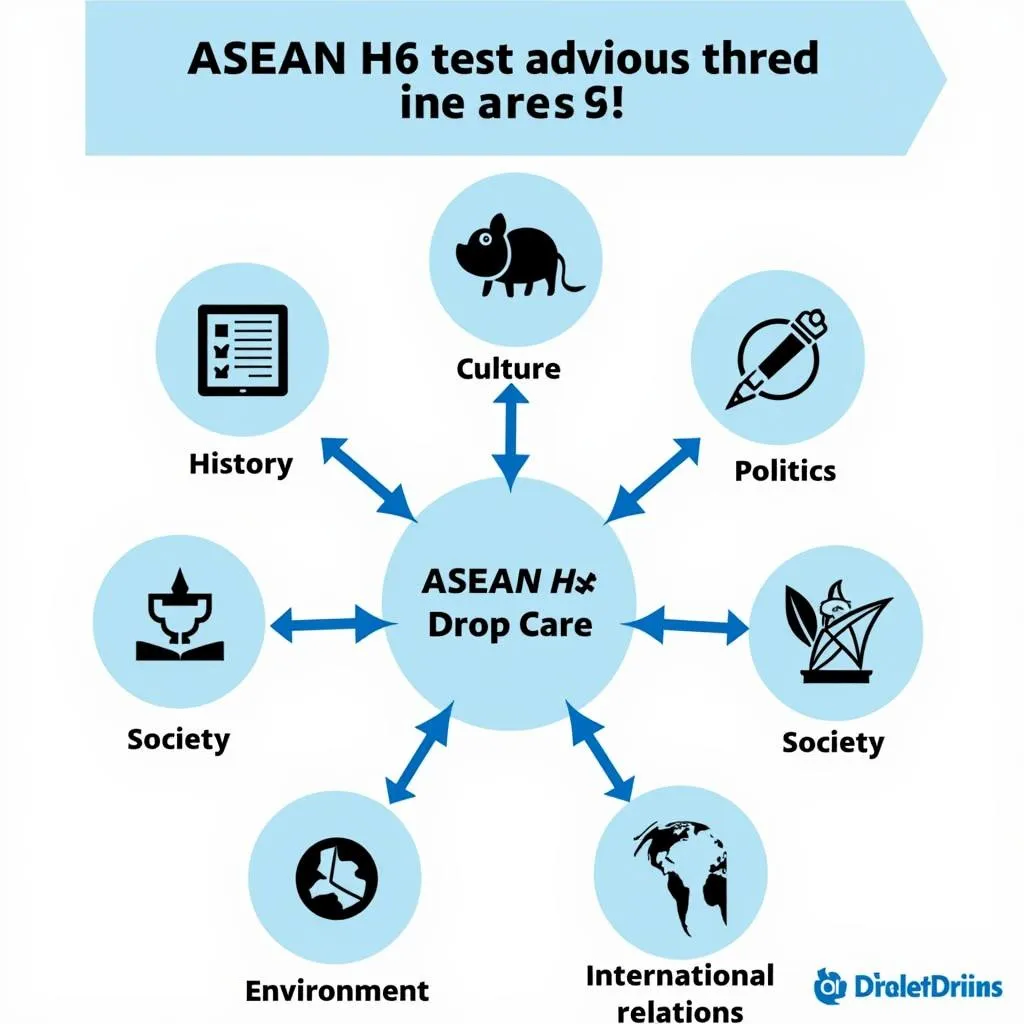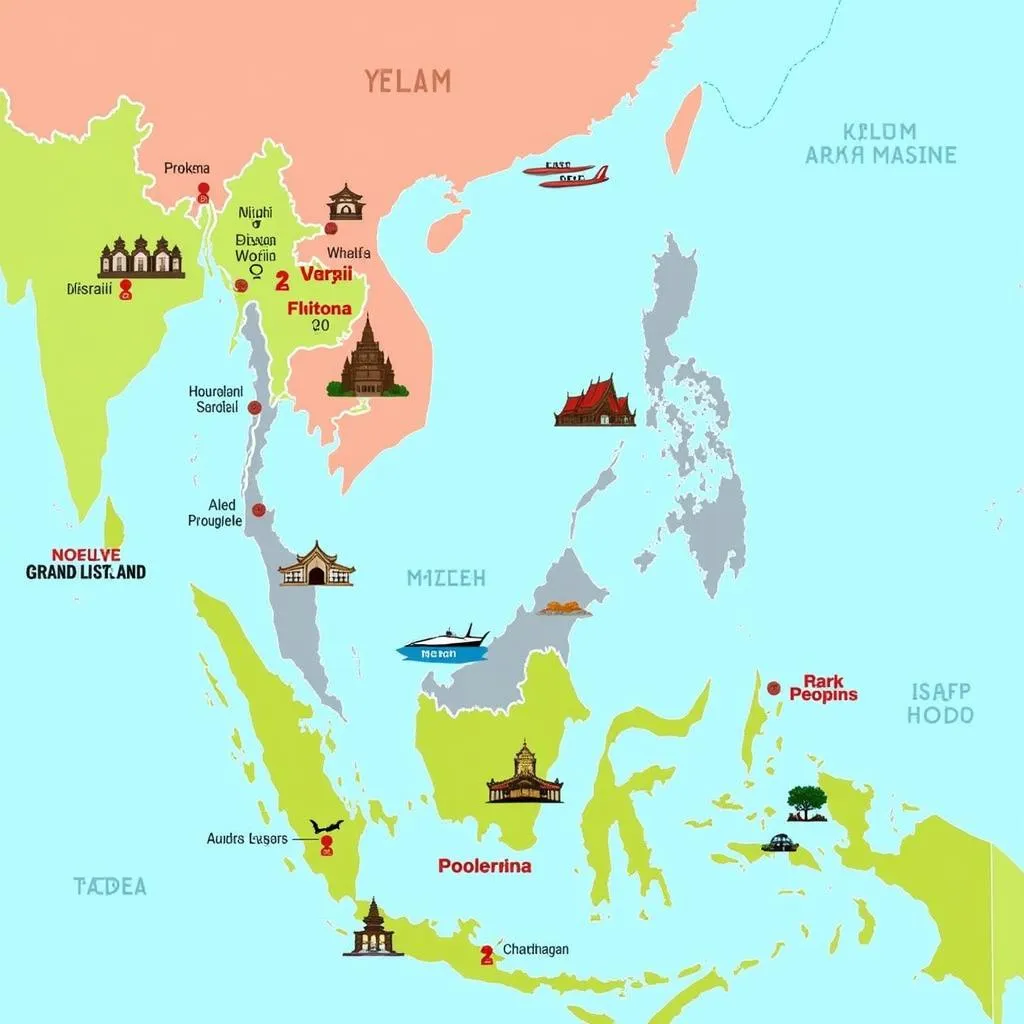The ASEAN aviation industry in 2018 experienced significant growth and transformation, driven by various factors including rising middle class, increasing tourism, and open sky policies. This analysis delves into the key trends that shaped the aviation landscape of Southeast Asia in 2018, examining both challenges and opportunities.
Soaring High: Growth Drivers of the ASEAN Aviation Industry in 2018
2018 witnessed a surge in air travel within ASEAN. This boom was fueled by a burgeoning middle class with increased disposable income, leading to higher demand for both domestic and international travel. Furthermore, ASEAN’s vibrant tourism sector attracted a record number of visitors, boosting the demand for air travel significantly. Government initiatives like open sky policies and infrastructure development also played a crucial role in facilitating this growth.
- Rising Middle Class: The expanding middle class across ASEAN nations had a significant impact on the aviation industry. With increased purchasing power, more people could afford air travel, driving demand for flights.
- Tourism Boom: ASEAN became an increasingly popular tourist destination in 2018, further contributing to the growth of the aviation sector. The influx of tourists created a need for more flights and routes, benefiting both airlines and airports.
- Open Sky Policies: The implementation of open sky policies within ASEAN facilitated greater competition and connectivity, allowing airlines to operate more freely and offer more competitive fares.
Challenges Faced by the ASEAN Aviation Industry in 2018
Despite the robust growth, the ASEAN aviation industry also faced various challenges in 2018. Infrastructure constraints, particularly in terms of airport capacity and air traffic management, posed a significant hurdle. Competition intensified with the rise of low-cost carriers, putting pressure on traditional airlines. Additionally, safety and security concerns remained a key focus area.
- Infrastructure Limitations: Several ASEAN airports struggled to cope with the increasing passenger traffic, leading to congestion and delays. This highlighted the need for further investment in airport infrastructure.
- Intense Competition: The rise of low-cost carriers (LCCs) intensified competition, forcing traditional airlines to adapt their strategies. This competition ultimately benefitted consumers with lower fares but also posed challenges for airlines in terms of profitability.
- Safety and Security: Maintaining high safety and security standards remained a priority. Constant vigilance and investment in security measures were crucial to ensure passenger safety and confidence in air travel.
Analyse the Trend of Aviation Industry 2018 in ASEAN: Key Takeaways
The year 2018 proved to be a dynamic period for the ASEAN aviation industry. While growth was evident, it also brought its share of challenges. The industry demonstrated resilience and adaptability, paving the way for future development.
- Focus on LCCs: The increasing popularity of low-cost carriers became a defining trend, forcing traditional airlines to re-evaluate their business models.
- Digital Transformation: Airlines began to embrace digital technologies to enhance customer experience and streamline operations.
- Regional Cooperation: Collaboration between ASEAN nations on issues like air traffic management and infrastructure development became increasingly important.
“The ASEAN aviation industry in 2018 was a fascinating case study of growth and adaptation,” says Dr. Amelia Santos, a leading aviation economist. “The rise of the middle class and the tourism boom created unprecedented opportunities, while challenges like infrastructure limitations and increased competition pushed the industry to innovate.”
Conclusion: Navigating the Future of ASEAN Aviation
Analyzing the trend of the aviation industry 2018 in ASEAN reveals a sector marked by significant growth and ongoing evolution. The industry’s ability to address the challenges and capitalize on the opportunities will be crucial for its continued success.
FAQs
- What were the main drivers of growth in the ASEAN aviation industry in 2018?
- What challenges did the ASEAN aviation industry face in 2018?
- How did the rise of LCCs impact the ASEAN aviation market in 2018?
- What were the key infrastructure challenges faced by the ASEAN aviation industry in 2018?
- What role did open sky policies play in shaping the ASEAN aviation industry in 2018?
- How did the growth of tourism impact the ASEAN aviation sector in 2018?
- What were the key trends observed in the ASEAN aviation industry in 2018?
Need support? Contact us at Phone Number: 0369020373, Email: aseanmediadirectory@gmail.com or visit our office at Thon Ngoc Lien, Hiep Hoa, Bac Giang, Vietnam. Our customer service team is available 24/7.

